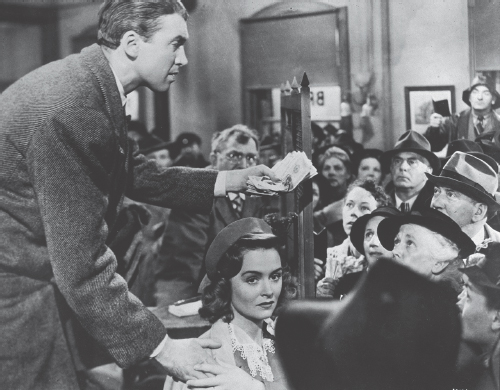CHAPTER SIXTEEN
Thrift Institutions and Finance Companies
IF YOU HAVE EVER SEEN THE MOVIE It's a Wonderful Life, starring Jimmy Stewart, then you already have an understanding of why early thrift institutions were created. In the movie, Jimmy Stewart played George Bailey, the president of the Bailey Building and Loan during the late 1930s and early 1940s. Building societies, such as the Bailey Building and Loan, were formed by groups of people who pooled their savings so that each could eventually acquire a home. They might draw lots to see who would be first to obtain a home and, as the mortgages were repaid and more funds were deposited, the building societies could finance more home construction for their members.
Prior to World War II, commercial banks primarily served business customers, hence the name commercial banks, The consumer-focused institutions that emerged during this period were savings and loan associations, mutual savings banks, and credit unions. These institutions are often called thrift institutions, a term which is frequently shortened to just thrifts. Thrifts historically accommodated the needs of working-class people who typically have small amounts to save and want to make sure that their “thriftiness” is rewarded by earning a respectable rate of interest on their deposits while taking minimal risk of loss.

In the Jimmy Stewart movie, once news got around ...
Get Financial Institutions, Markets, and Money, Eleventh Edition now with the O’Reilly learning platform.
O’Reilly members experience books, live events, courses curated by job role, and more from O’Reilly and nearly 200 top publishers.

